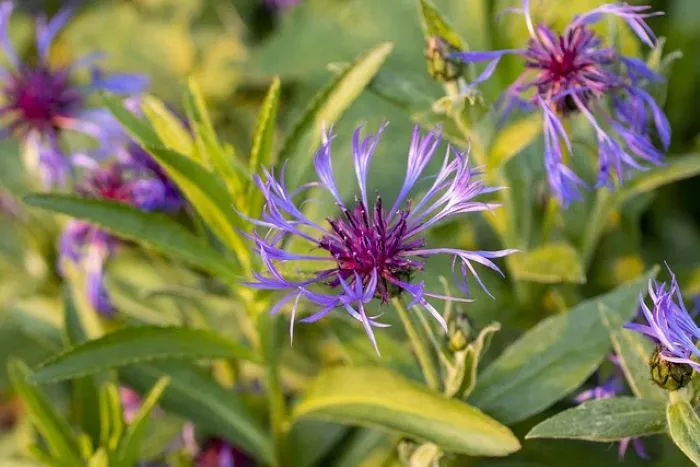Flowers have been a significant subject in art for centuries. They are not merely decorative elements but carry deep meanings and symbolism. Artists use flowers to convey emotions, ideas, and cultural values. Understanding what flowers represent in art requires an exploration of their historical significance, symbolic meanings, and the various contexts in which they appear.
Historical Significance of Flowers in Art
The representation of flowers in art dates back to ancient civilizations. In ancient Egypt, flowers were associated with beauty and fertility. They often appeared in tomb paintings and sculptures, symbolizing the afterlife and rebirth. The lotus flower, in particular, was a powerful symbol of creation and regeneration.
During the Renaissance, flowers gained prominence in still life paintings. Artists like Jan Brueghel the Elder and Giorgio Morandi used flowers to showcase their mastery of color and composition. These paintings often included a variety of flowers, each chosen for its unique beauty and symbolism. The detailed depiction of flowers allowed artists to explore themes of transience and mortality.
In the 19th century, the Impressionists brought a new perspective to floral representation. Artists like Claude Monet and Pierre-Auguste Renoir captured the fleeting beauty of flowers in their natural settings. Their works emphasized light and color, transforming flowers into subjects that conveyed the essence of a moment.
Symbolic Meanings of Flowers
Flowers carry a wide range of symbolic meanings that vary across cultures and time periods. Understanding these meanings enhances our appreciation of their representation in art.
Roses are among the most recognized flowers in art. They symbolize love and passion but can also represent secrecy or mystery. The color of the rose further influences its meaning. Red roses signify romantic love, while white roses represent purity and innocence.
Lilies are often associated with purity and renewal. In Christian art, lilies symbolize the Virgin Mary and are frequently depicted in Annunciation scenes. Their elegant shape and delicate petals convey a sense of grace and spirituality.
Chrysanthemums, especially in Asian art, symbolize longevity and fidelity. In Japan, they are associated with the Imperial family and represent nobility and honor. In contrast, in Western cultures, they often symbolize death and are used in funerals.
Sunflowers are symbols of adoration and loyalty. Their bright yellow color and tendency to turn toward the sun make them a popular subject in art. Vincent van Gogh famously painted sunflowers, capturing their vibrancy and vitality.
Cultural Contexts of Floral Representation
The representation of flowers in art is deeply influenced by cultural contexts. Different cultures assign various meanings to flowers, shaping how they are depicted in artistic works.
In Western art, flowers often represent beauty and the fleeting nature of life. Still life paintings featuring flowers serve as reminders of the transience of beauty. The vanitas genre, which includes flowers alongside symbols of mortality, emphasizes this theme.
In Eastern art, flowers are often imbued with spiritual significance. In Chinese painting, flowers symbolize harmony and balance. The peony represents wealth and good fortune, while bamboo symbolizes resilience and strength. These cultural associations influence how artists portray flowers and what they convey.
In Native American cultures, flowers hold sacred meanings. They are often used in rituals and ceremonies. Flowers like the sage and the sunflower are symbols of healing and nourishment. Artists from these cultures incorporate flowers into their works to reflect their connection to nature and spirituality.
Flowers in Modern and Contemporary Art
In modern and contemporary art, flowers continue to serve as powerful symbols. Artists explore their meanings in innovative ways, often challenging traditional representations.
Andy Warhol’s flower series is a notable example. Warhol transformed flowers into icons of pop culture, stripping them of their romantic associations. His bold colors and repetitive patterns challenge the viewer’s perception of beauty and commercialism.
Contemporary artists also use flowers to address social and political issues. For instance, artists like Yayoi Kusama incorporate floral motifs into their immersive installations. These works often explore themes of mental health, identity, and the environment.
Flowers can also symbolize femininity and empowerment in contemporary art. Artists like Georgia O’Keeffe used flowers to express female identity and sexuality. O’Keeffe’s large-scale flower paintings emphasize the beauty and complexity of femininity.
Conclusion
Flowers hold a rich tapestry of meanings in art, representing beauty, love, spirituality, and cultural values. Their historical significance spans from ancient civilizations to contemporary art movements. The symbolism of flowers varies across cultures, providing depth to their representation in artistic works.
By understanding what flowers represent in art, we gain insight into the emotions and ideas that artists seek to convey. Flowers are not just decorative elements; they are powerful symbols that connect us to nature, culture, and the human experience. As we appreciate the beauty of flowers in art, we also recognize their profound significance in our lives and the world around us.


